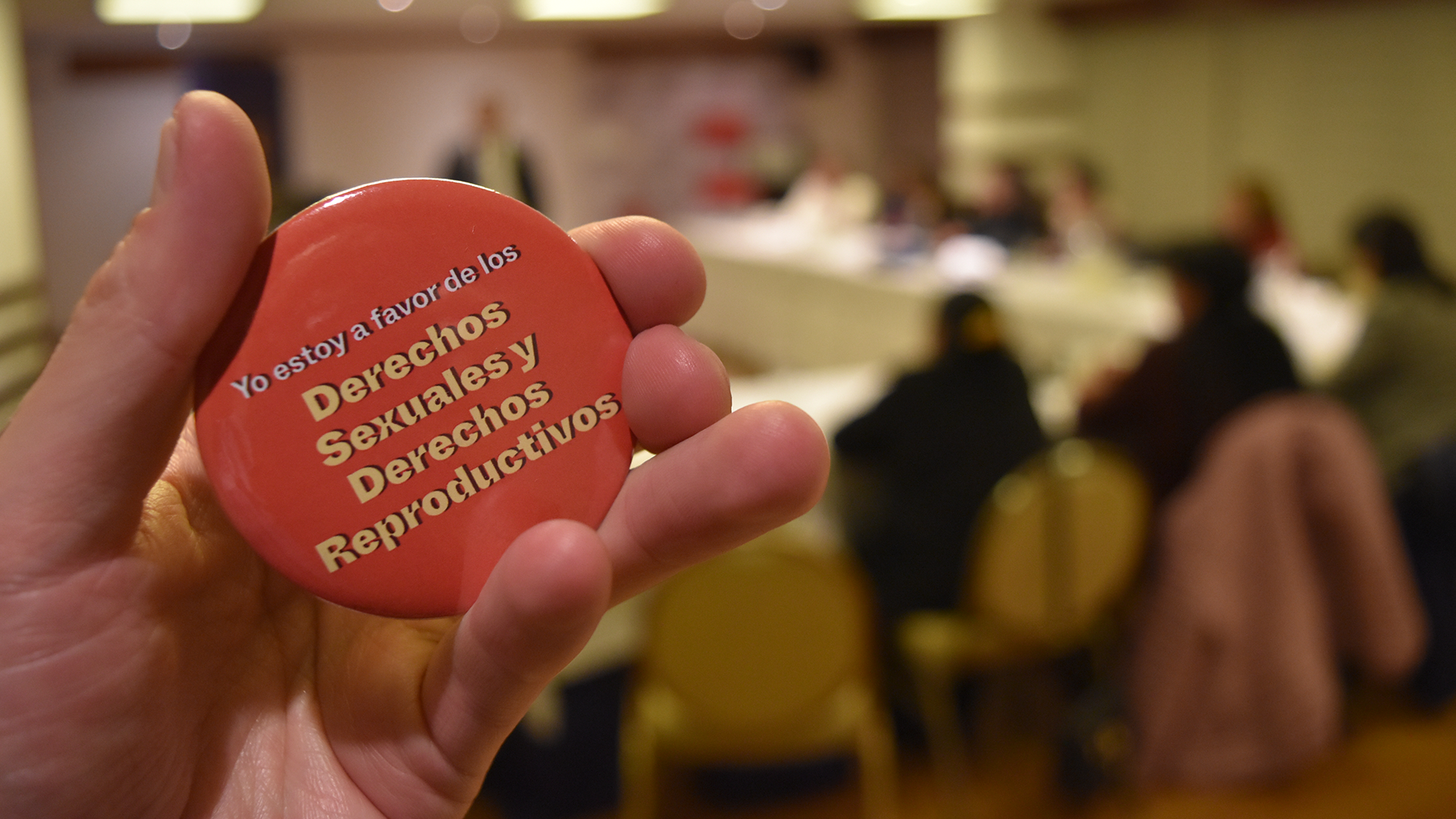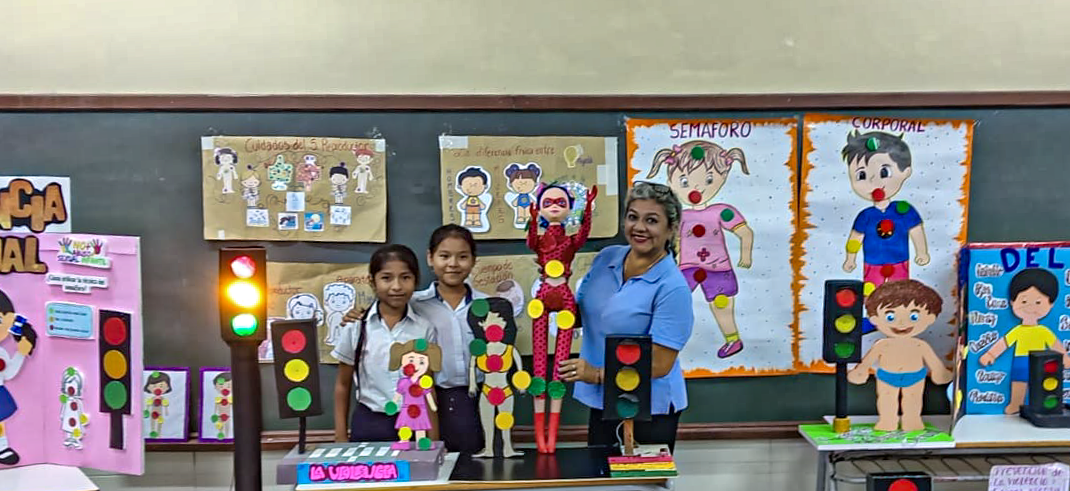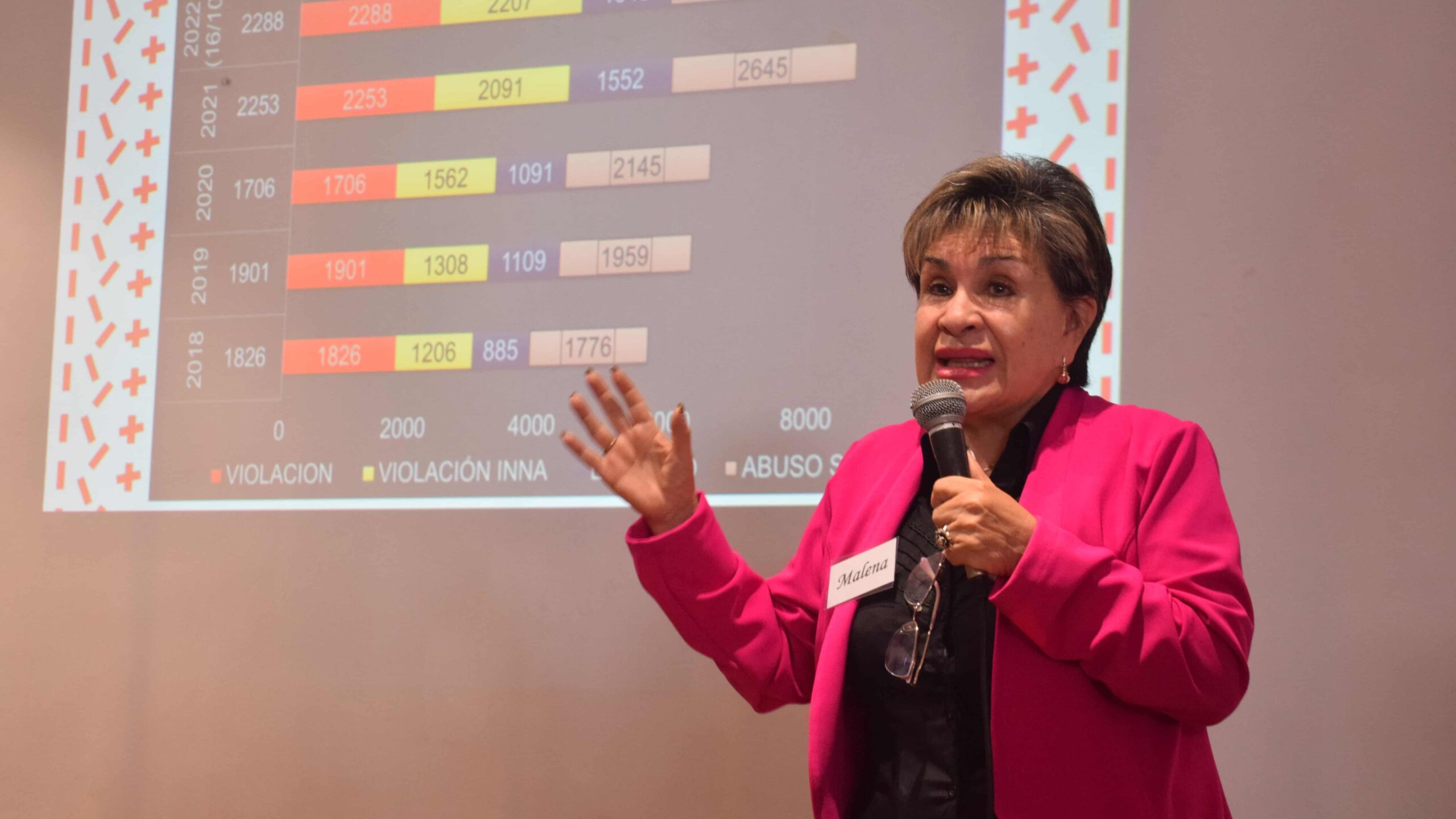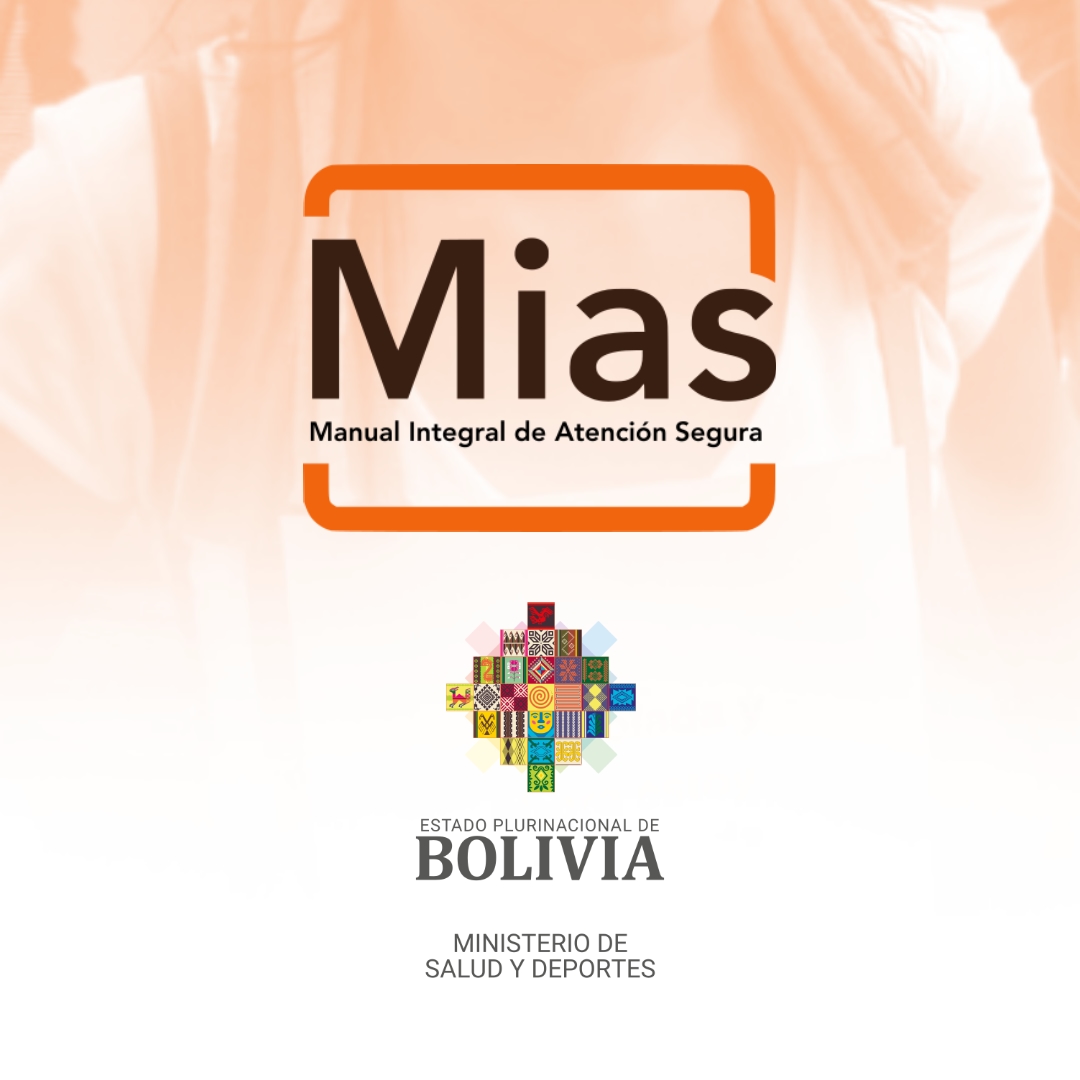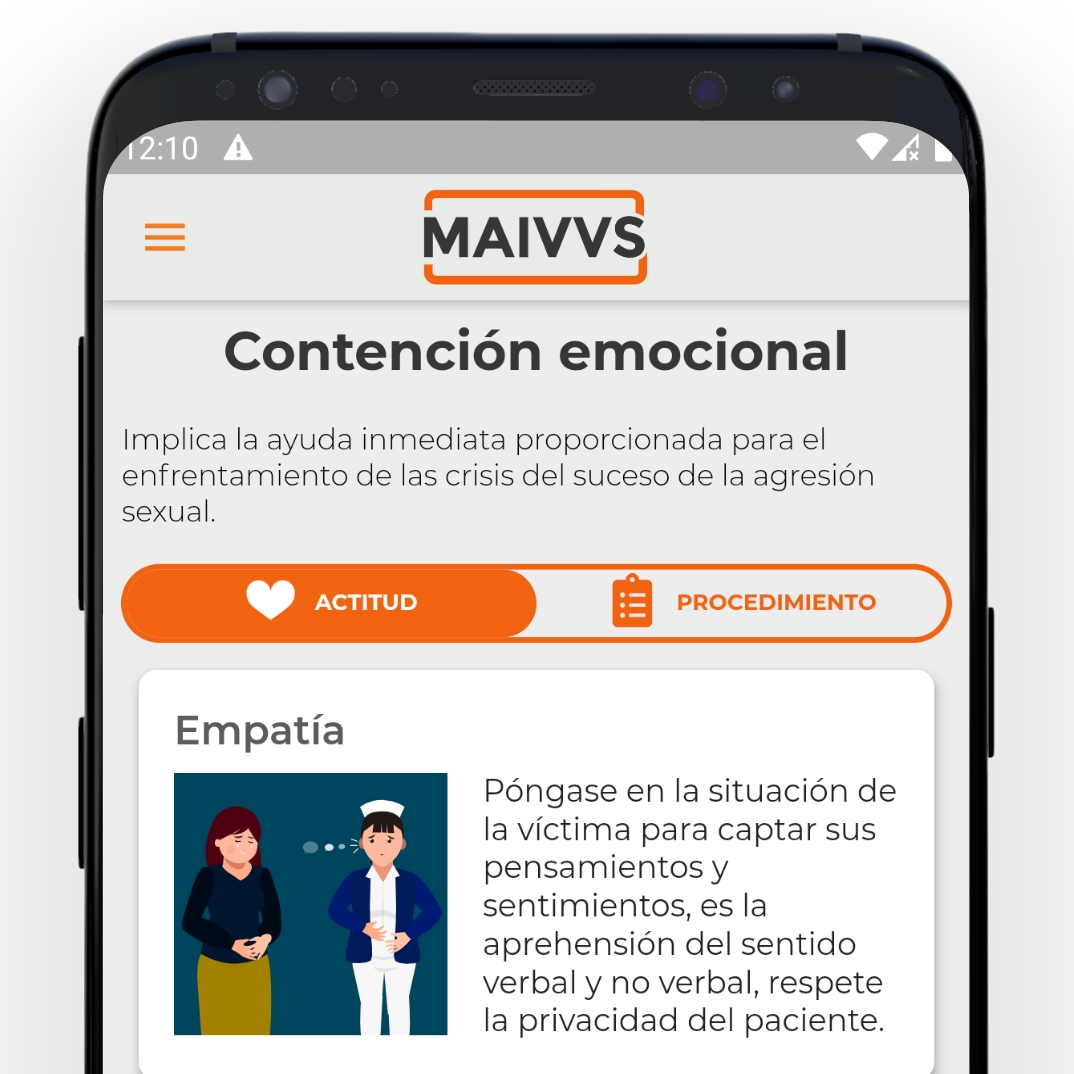Two pieces of information set alarm bells ringing about the need for awareness and prevention. Forty-two percent of the accumulated cases of HIV-AIDS are concentrated in Santa Cruz and the increase in cases among adolescents and young people between 15 and 24 years of age is a cause for concern.
On World AIDS Day, health authorities call for prevention through a responsible sexual life.
This year marks the 40th anniversary of the first reported case in Bolivia, in Santa Cruz. Many things have improved, such as the fact that antiretroviral treatments have been simplified to a single daily pill, and care services have been decentralized to first-level centers, integrated into the Unified Health System (SUS), allowing greater access to diagnosis and treatment.
However, the increase in incidence continues to be a cause for concern. Bolivia has a historical accumulated total of 41,798 cases, of which 17,524 correspond to Santa Cruz, equivalent to 42%. This is followed by La Paz, with 9,319 (22%); Cochabamba, with 8,054 (19%); and the rest is distributed among the other departments.
As for the affected population, 68% of the new cases correspond to people between 20 and 39 years of age, and the significant increase in the 15 to 24 years age group is of special concern, according to Alfredo Padilla, head of the STI/HIV-AIDS and HV Program of Sedes.
Every year, between 1,200 and 1,400 new cases are detected in Santa Cruz, and from January to September of this year there are already 1,072.
A cocktail of factors
What is the reason for the increase in adolescents and young people? This group is particularly vulnerable for a number of reasons. Early sexual debut, inconsistent condom use, multiple partners and sex under the influence of alcohol put them at risk.
“It’s a combination of factors. On the one hand, adolescents and young people now have greater access to information and screening tests. However, they fail to correctly identify risk situations. Because of their age, they often do not consider that unprotected sexual intercourse implies danger, even though this is the cause of 99% of infections,” Padilla explains,
According to Unicef, in Latin America and the Caribbean, 30 new cases of HIV are registered every day in the 10-19 age group.

